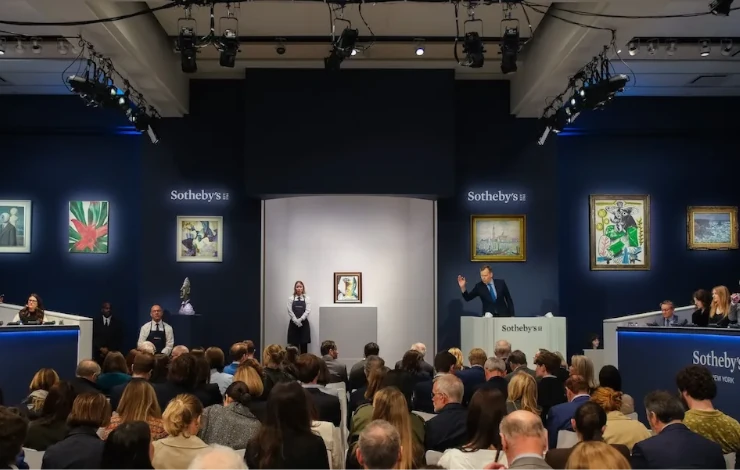
In a notable moment at Sotheby’s recent Modern Evening Auction in New York, a highly anticipated Alberto Giacometti sculpture failed…
Art News
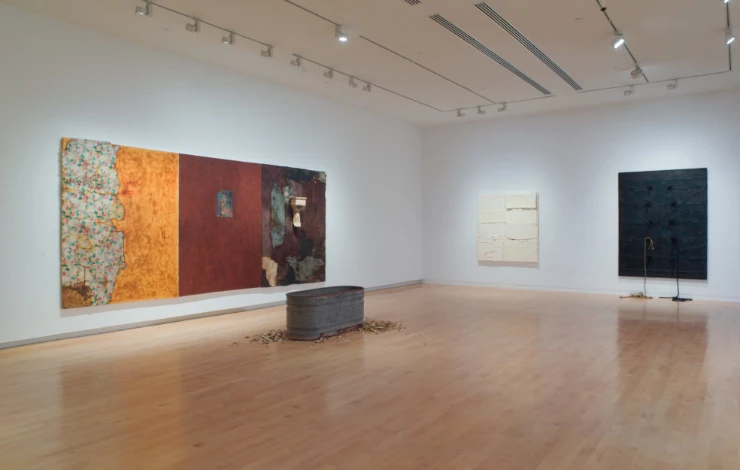
Nestled in the quiet town of Ridgefield, Connecticut, the Aldrich Contemporary Art Museum has long been a site for boundary-pushing art and innovative curatorial practices. Now, following a $3.25 million transformation of its three-acre campus, the museum is setting a new benchmark for how art can be integrated into the natural world. With a reimagined sculpture garden, native pollinator walkways, and site-responsive installations, the Aldrich is positioning itself at the forefront of an emerging trend in American museums: the expansion of outdoor art experiences.
The redesign comes in response to lessons learned during the COVID-19 pandemic, when outdoor venues proved more resilient to closures and better suited to socially distanced engagement. But the project is also a broader reflection of shifting cultural values—ones that prioritize accessibility, environmental sustainability, and community-centered programming.
At the heart of the expansion is the newly established outdoor sculpture garden, which has been thoughtfully designed to serve both as an aesthetic environment and a natural habitat. The space includes an outdoor stone amphitheater, meandering walkways lined with pollinator-friendly plantings, and strategically placed seating areas that invite quiet contemplation.
The garden is not merely a passive space—it is alive with programming. Its inaugural exhibition, “A Garden of Promise and Dissent,” will remain on view through April 2026. The show includes large-scale installations such as “Bushes,” a cluster of artificial flora that appears both familiar and alien; “Menagerie,” a surreal arrangement of animal forms scattered across the landscape; and “Obelisk,” a towering, reflective sculpture that invites viewers to consider their place in both time and space.
The installations have been intentionally placed to echo the museum’s broader themes of social critique and environmental awareness. According to the museum’s director, the outdoor exhibits aim to challenge viewers while still embracing the meditative qualities of nature.
One of the most significant aspects of the Aldrich’s renovation is its focus on making art accessible to a broader public. Admission to the outdoor sculpture garden is free, encouraging visitors who may not typically enter a museum to engage with contemporary art on their own terms.
“This is about dissolving the traditional boundaries of the museum,” said one of the lead curators. “By bringing art outdoors, we’re creating a more welcoming and inclusive space—where kids can play, families can picnic, and visitors can engage with the work in a casual, open-air environment.”
In addition to hosting rotating exhibitions, the garden will also serve as a venue for artist talks, music performances, and ecological workshops. These events aim to foster a deeper connection between the Ridgefield community and the artists whose work appears on the grounds.
The Aldrich is not alone in this endeavor. Across the country, institutions like Dia Beacon in New York and Storm King Art Center have ramped up their investments in outdoor installations and sculpture parks. The trend reflects a broader recognition that art does not need to be confined to gallery walls. Rather, it can—and should—coexist with the natural world, reshaping how we interact with both.
Unlike traditional museums that often rely on climate-controlled spaces and rigid viewing conditions, outdoor art spaces introduce elements of unpredictability. Changing weather, shifting light, and the slow encroachment of nature all become part of the experience. Artists increasingly see these variables not as obstacles, but as opportunities for dialogue.
“Outdoor sculpture isn’t just about scale,” explained one Aldrich artist-in-residence. “It’s about context. When your work lives outside, it becomes part of a living, breathing system. The wind, the trees, even the birds—they all contribute to the piece.”
The Aldrich’s campus redesign was undertaken with sustainability at its core. The landscape architecture firm responsible for the project collaborated with ecologists to ensure that native flora were prioritized and that the grounds could support a range of local pollinators.
In this way, the museum is not only hosting art about the environment—it is practicing environmental stewardship through its very design. This ecological awareness dovetails with the themes explored in many of the outdoor artworks, some of which address issues like habitat destruction, climate change, and species extinction.
“Art doesn’t just reflect culture,” said the museum’s education director. “It can shape it. By making sustainability visible, even beautiful, we help people imagine new ways of coexisting with the planet.”
While the Aldrich continues to host rotating exhibitions inside its modernist building, it is the expanded outdoor experience that has generated national buzz. The museum is already reporting increased visitor numbers, particularly among families and younger audiences, who are drawn by the combination of cultural programming and open-air leisure.
What began as a pandemic-era necessity has evolved into a forward-looking model for museum engagement. With its renovated campus, the Aldrich is not just exhibiting art—it’s cultivating a new relationship between people, place, and creative expression.
As the sun sets behind the towering oaks and sculptures cast long shadows across the newly seeded grounds, one thing becomes clear: the museum of the future may not have walls at all.
The project is a joint effort between the Community Arts Stabilization Trust (CAST) and the San Francisco Port Commission, designed to address both the scarcity of affordable studio space and the diminishing visibility of arts in the Bay Area. Announced in April 2025, the transformation of Pier 29 is set to unfold over the next two years, with a potential two-year lease extension if successful.
The indoor space, totaling 47,000 square feet, will host working artist studios, exhibition halls, classrooms, and performance stages. The remaining 23,000 square feet, largely outdoors, will become a venue for installations, festivals, and open-air workshops with breathtaking views of the Bay Bridge.
According to CAST CEO Ken Ikeda, the project emerged from a deep need to redefine what cultural resilience looks like in an economically pressured urban setting. “San Francisco has always had a strong artistic heart,” he says. “But we’ve lost so much talent because the city just isn’t livable for creatives anymore. Pier 29 gives us a chance to reverse that trend.”
The facility is envisioned as a flexible and inclusive home for both emerging and established artists. Large-scale sculptures, experimental installations, and multimedia performances—many of which had previously been impossible due to prohibitive real estate costs—will be given new life.
Importantly, Pier 29 won’t just be an art gallery or studio compound; it will be a community hub. Local residents, schools, and organizations will be invited to participate in cultural programming and educational initiatives. The design concept includes accessible public art, interactive workshops, and residencies for underserved artists.
The economic impact of the arts in San Francisco has long been underappreciated, despite contributing an estimated $1.45 billion annually. This initiative seeks to spotlight that value—not just through income, but by nurturing a sense of belonging and cultural vitality in a rapidly changing city.
San Francisco Mayor London Breed voiced support for the project, calling it “an essential investment in the soul of our city.” She added that revitalizing Pier 29 could serve as a blueprint for other U.S. cities grappling with gentrification and arts displacement.
There are also environmental considerations. Pier 29, a site that has been underutilized for decades, will be retrofitted with sustainable building systems, including solar panels and energy-efficient heating and cooling. The plan is to maintain the architectural integrity of the structure while adapting it to modern needs.
Funding for the project comes from a mix of public and private sources. CAST has raised several million dollars through philanthropic donations, with additional support from the city’s arts and culture budget. Negotiations are underway with potential corporate sponsors and community foundations to ensure the long-term sustainability of the space.
Despite the enthusiasm, challenges remain. Coordinating logistics with the Port Authority, managing rising construction costs, and navigating the complex permitting process of a major city are just a few of the hurdles ahead. But the project’s leaders remain optimistic.
“This isn’t just about artists,” says Ikeda. “It’s about neighborhoods. It’s about youth. It’s about building an ecosystem where creativity can flourish alongside commerce and innovation.”
The first resident artists are expected to move in by late 2025, with the full opening projected for early 2026. If successful, Pier 29 could reestablish San Francisco as a city where artists not only showcase their work—but live, collaborate, and thrive.
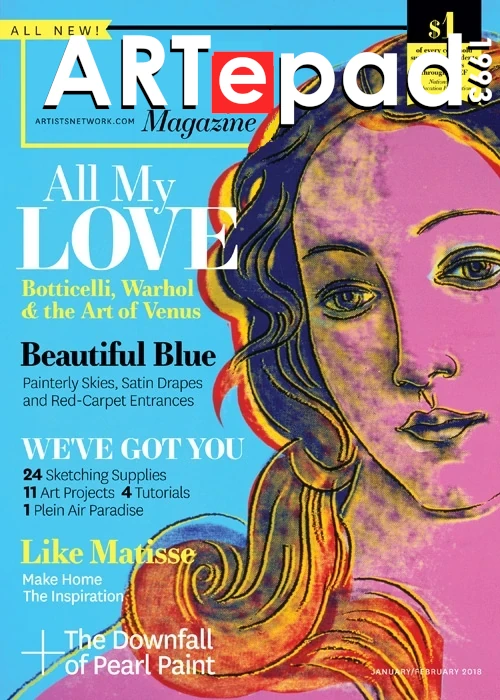
News Stories

In a notable moment at Sotheby’s recent Modern Evening Auction in New York, a highly anticipated Alberto Giacometti sculpture failed…
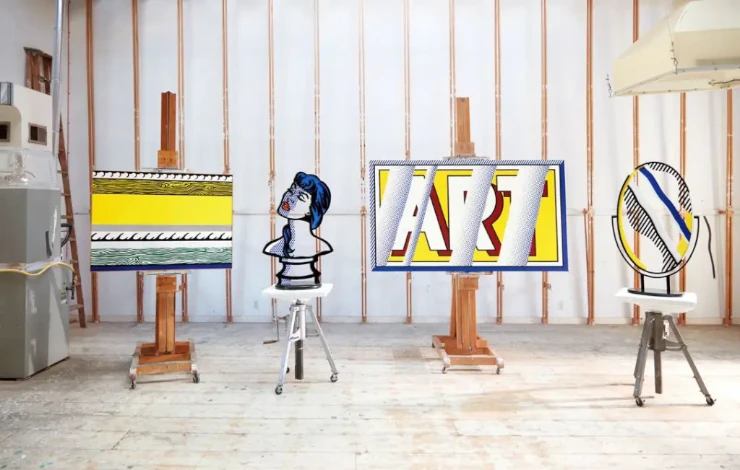
The last Manhattan property tied to pop art icon Roy Lichtenstein has been sold, closing a chapter in the artist’s…
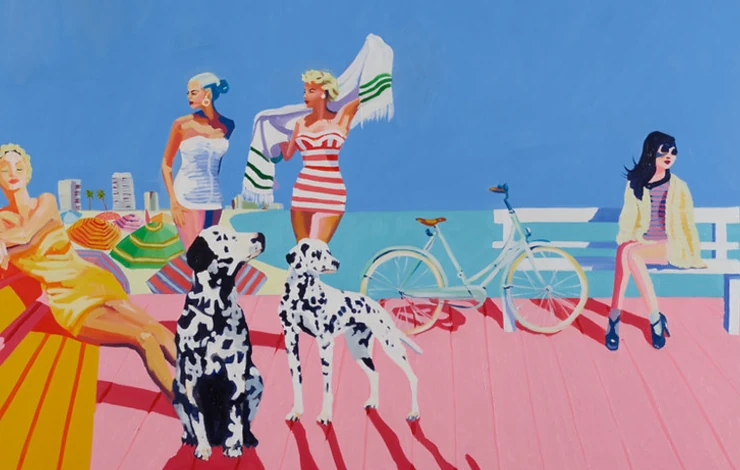
The echoes of seaside summers past are alive once more through the vibrant brushstrokes of Brighton-based artist Ruth Mulvie. Her…

In an unusual convergence of intellectual property law, art, and fandom, the pseudonymous artist nicknamed “Zalkian”, operating in the familiar…

A unique auction featuring rare Nepalese artworks has captured the attention of collectors and philanthropists alike, offering not just cultural…
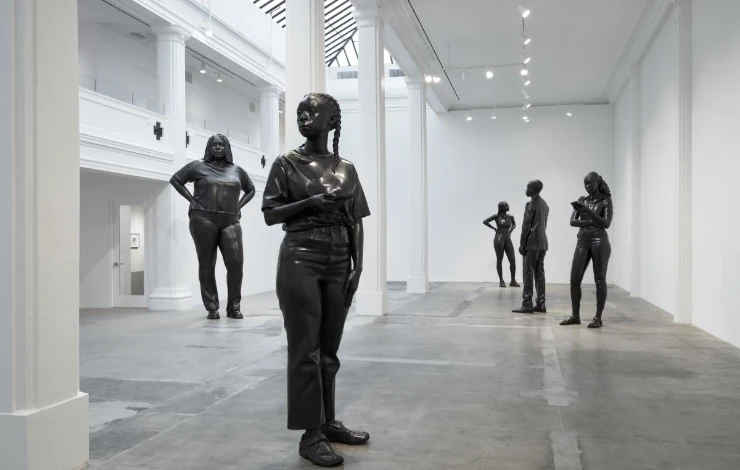
In the heart of Manhattan's Times Square, a bold new public sculpture has ignited conversation and controversy. Towering at 12…
Join our platform
Explore and take advantage of our vast network or galleries, artists and collectors
For Galleries
Take advantage of an extensive network of associates and gain visibility through our platform
For Artists
Get your art in front of hundreds of thousands of eyes and increase your chances to be discovered by collecotrs
For Collectors
Explore and discover a plethora of artists, artworks and art movements, vetted by our curators

A growing network that brings galleries, artists and collectors together, trusted by thousands of associates and partners worldwide.
DATABASES
